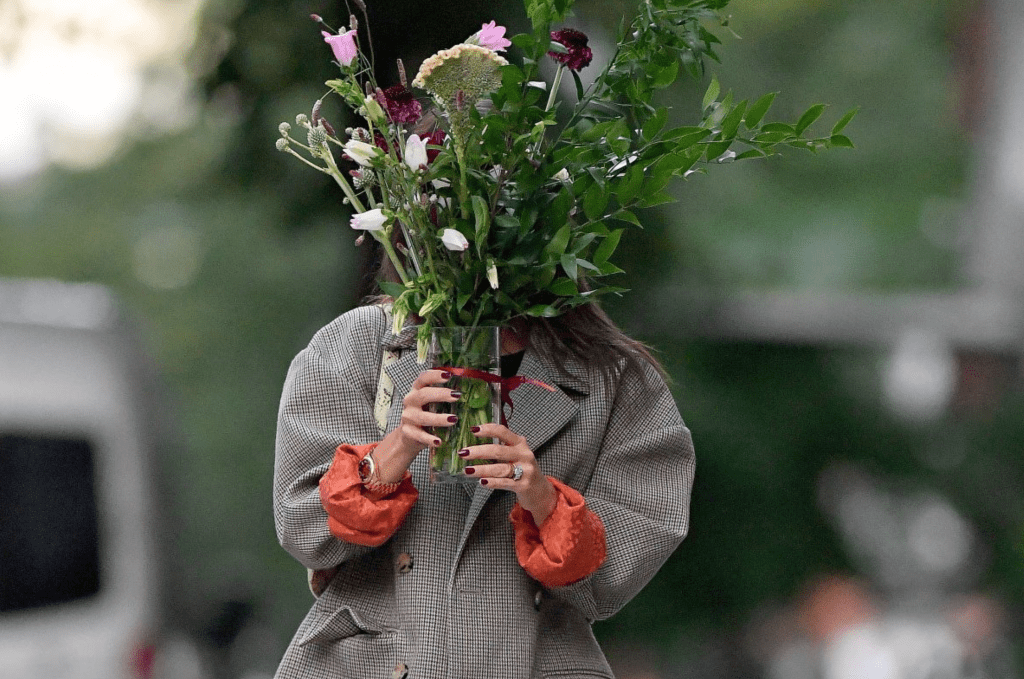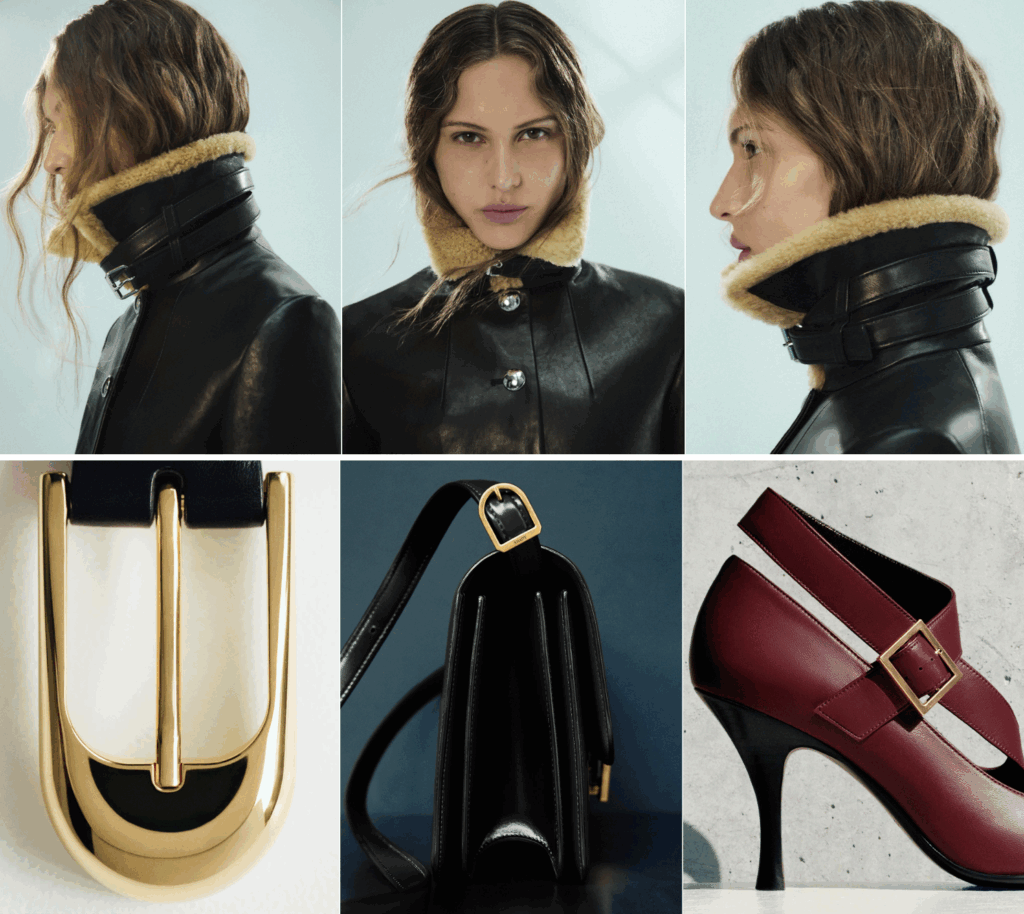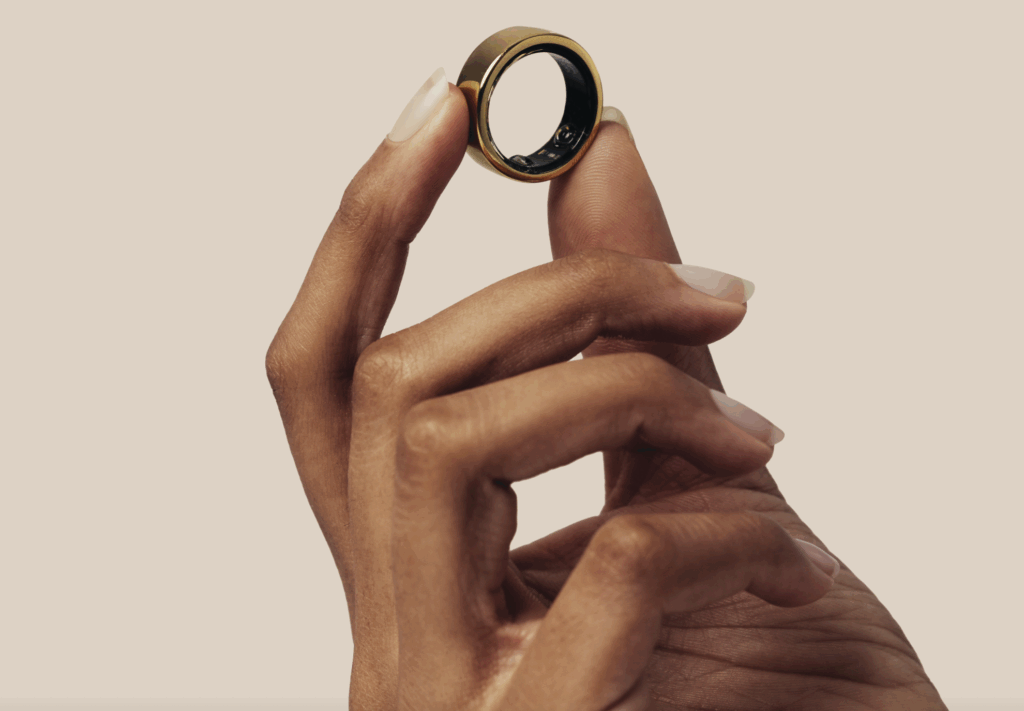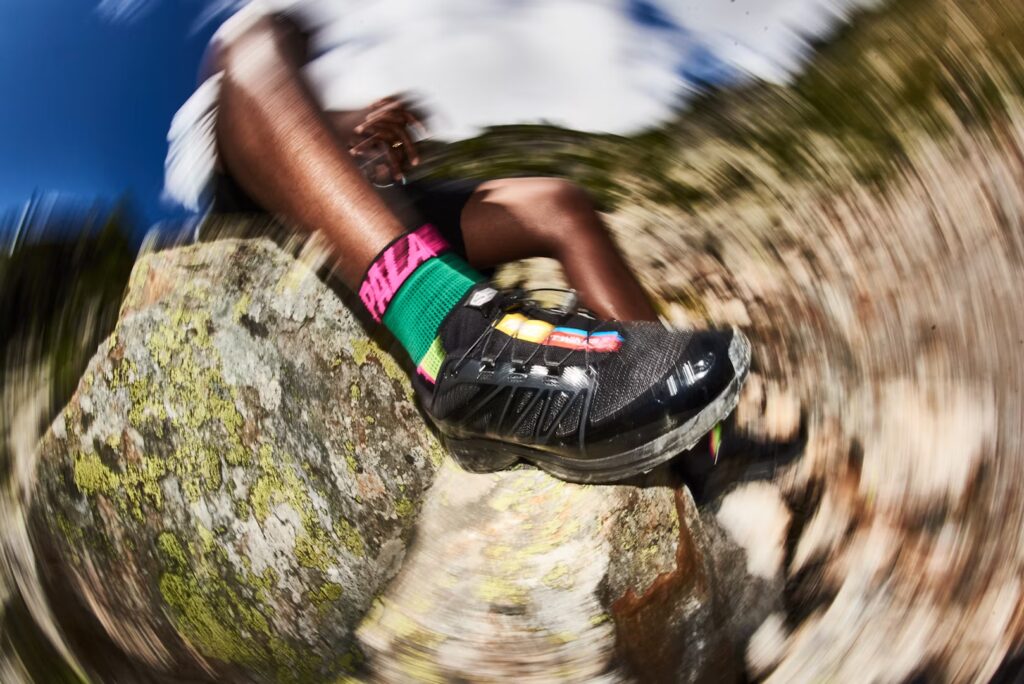Emily Ratajkowski is still in the midst of the copyright lawsuit that was filed against her in a New York federal court in October 2019 after she posted a photo of herself to her Instagram story. In that case, one that Ratajkowski’s counsel calls a “bad faith” quest for an “unsubstantiated payday,” Robert O’Neil claims that Ratajkowski ran afoul of federal copyright law when she posted one of his photos – of her – to her Instagram account without licensing it or receiving his authorization. O’Neil asserts that Ratajkowski’s Instagram post is a violation of his exclusive rights as the copyright holder, including his exclusive right to publicly display or authorize others to display the photo.
In response to O’Neil’s complaint, counsel for Ratajkowski has sought to have the case decided early and in her favor, arguing in a summary judgment motion in September that O’Neil failed to make his case on multiple fronts. In a subsequent filing on October 28, Ratajkowski’s counsel asserts that the paparazzi photographer’s cross-motion for summary judgment should be denied, and Ratajkowski’s motion for summary judgment – which would decide the case ahead of (and in lieu of) a trial as a result of a lack of disputed facts – should be granted.
The basis for Ratajkowski’s motion? According to Ratajkowski’s opposition to O’Neil’s cross-motion for summary judgment and reply in support of her own motion for summary judgment, counsel for the model sets the stage by asserting that O’Neil “regularly parks outside [her] home and follows her in hope that he can take her photograph without her permission, and then sell it to a third party.” That is precisely what happened last fall, Ratajkowski claims, when O’Neil took nine photos of her, one of which she subsequently posted to her Instagram story along with the caption, “Forever mood.”
According to Ratajkowski, her caption along with the fact that her “face is covered by a bouquet of flowers” in the photo – which appeared on her Instagram story for 24 hours – serves “to comment on her perception of the predatory nature of [O’Neil’s] practice.”
Piggybacking on the claims that she made in her motion for summary judgment, Ratajkowski argues that she is entitled to a win, as O’Neil has failed to prove “the basic elements of copyright protection,” and even if he had sufficiently proved that his photo is, in fact, subject to copyright protection, her “transformative use” of the photo constitutes fair use, thereby, shielding her from copyright infringement liability.
Originality of the Photo
Addressing the first point, counsel for the model claims that O’Neil’s case lacks merit because the photo he took is “not sufficiently original” and thereby, is not protected by copyright law. (In order to be protected by copyright and subject to the bundle of exclusive rights, such as the exclusive rights of preproduction and display, a “creative” work must be an original expression that is fixed in a tangible medium). To be exact, Ratajkowski claims that O’Neil’s photo does not have the “spark of creativity required to qualify for copyright protection.”
Instead, O’Neil “merely took the photo when and where he happened to allegedly inadvertently cross paths with Ms. Ratajkowski, rather than choosing the timing or location or the photograph based on any sort of creative vision.” More than that, O’Neil had no control over Ratajkowski’s “clothes, expression, pose, makeup, posture, position on the street, what she was holding, or who else was in the photo,” the model’s counsel asserts, echoing the argument made by counsel for Gigi Hadid in one of the since-settled copyright infringement lawsuits filed against the supermodel over her allegedly unauthorized use of images of herself, namely, on social media.
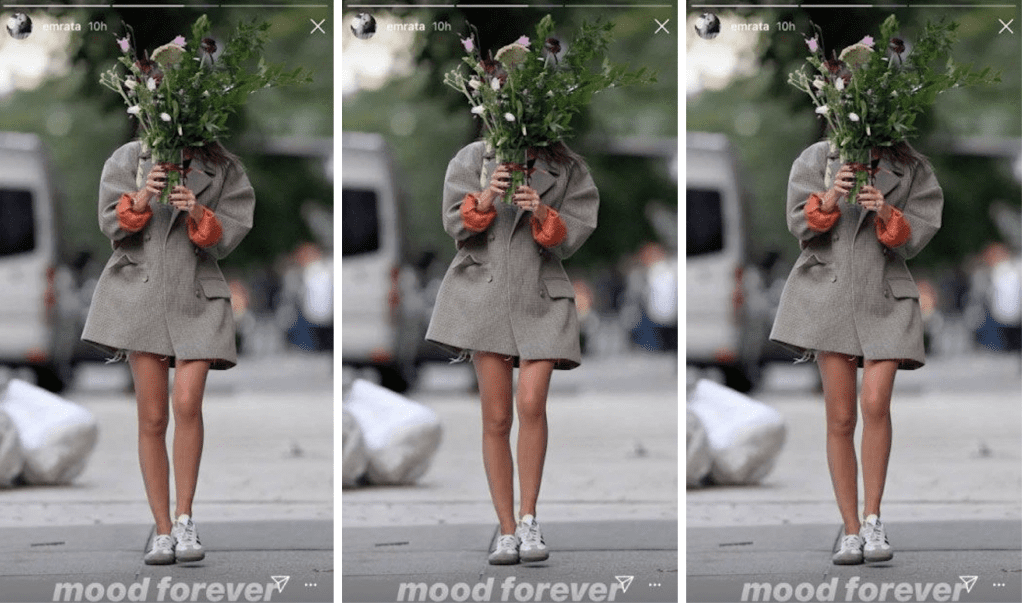
Comparing the case at hand to one involving the display and photographing of dinosaur fossils (in which the U.S. District Court for the Southern District of New York determined that a photographer’s image amounted to an unprotectable “scenes a faire” since it showed the fossil in their “natural setting”), Ratajkowski argues that O’Neil failed to contribute the “originality and creativity” necessary to give rise to copyright protection. Specifically, he “did not have any say in how Ms. Ratajkowski was posed [in the photo], did not create the background in which she was photographed, and did not control the light of the photograph,” which are integral elements in terms of the “creativity” of a photo.
Still yet, while O’Neil “points to a handful of cases where paparazzi photographs have been found eligible for copyright protection,” Ratajkowski argues that “none of them involve instances where multiple photographers were present and took nearly identical photographs of celebrities merely living their private lives,” which is allegedly what happened in the case at hand.
With the foregoing in mind, Ratajkowski asserts that O’Neil has failed to make his case.
Fair Use?
The second key argument advanced by Ratajkowski’s counsel is that even if O’Neil’s photo is protectable, the model should not be on the hook for infringement because her use of the image amounts to fair use, “as it created a new meaning and purpose by adding a caption commenting on Ms. Ratajkowski’s experience with constant paparazzi attention,” and it was “non-commercial” since the model “did not profit from the post in any way.”
Pointing to the four fair use factors, which consider: (1) the purpose and character of the allegedly infringing use, (2) the nature of the copyrighted work, (3) the amount and substantiality of the portion taken, and (4) the effect of the use upon the potential market, counsel for Ratajkowski argues that they all weigh on her favor.
Focusing on the first two factors, Ratajkowski asserts that “rather than merely documenting her location or her clothing, the Instagram post’s purpose was to comment on the way [she] is constantly hounded by paparazzi, and how not even shielding her face will stop them from trying to exploit her image.” The comment, “Forever mood,” per Ratajkowski’s filing, “is clearly a comment on how inappropriate it was for O’Neil to photographer her (and attempt to license the resulting photo) when she had covered her face as a signal that she did not consent to be photographed.”
While “commentary or criticism is not required to render a use transformative where ‘the two works have different messages and purposes,” Ratajkowski asserts, citing the U.S. Court of Appeals for the Second Circuit’s decision in an earlier case filed by Swatch, it is “clear” that her Instagram post was used as commentary “rather than as illustration” given that she did not post the photo to “show her photograph what she looks like, what she was wearing, or who she was with.”
This argument is bolstered, according to Ratajkowski, by the fact that “some works are closer to the core of intended copyright protection that other.” Given that the Southern District has previously held that paparazzi photos “do not reflect substantial creative expression,” especially when “the photographer predominately captures his subjects in public, as they naturally appeared, and [was] not tasked with directing the subjects, altering the backdrops, or otherwise doing much to impose creative force on the images,” she claims that the second factor also weighs in her favor.
As for the amount of photo that was used, Ratajkowski asserts that the majority of the image was reproduced, but that was necessary in order to “show Ms. Ratajkowski’s whole body, the flowers covering her face, and the background in order to comment on the oppressive presence of paparazzi in her life.”
Finally, in terms of how her allegedly infringing use of the image impacted the market for O’Neil’s original image, counsel for Ratajkowski alleges that the photographer’s “own testimony was that the photo could not be licensed because Ms. Ratajkowski’s face was covered.” In other words, “There was no market for the photo” for Ratajkowski to impair as a result of her use of it, and O’Neil knew that “the photo had no value because Ms. Ratajkowski was unidentifiable, and therefore,” there was little – if any opportunity – for him to license the photo. As a result, “he suffered no actual damages at the time that he filed his complaint.”
In addition to asserting that her affirmative defenses should not be dismissed, despite O’Neil’s argument to the contrary, Ratajkowski claims that O’Neil’s case should be tossed out of court, as he did not suffer any damages as a result of her alleged infringement, and that the case “is meritless and was brought, like many of [notoriously active copyright infringement attorney Richard] Liebowitz’s cases before this one, for the bad faith purpose of extorting a settlement.”
As a result, and given that O’Neil “has not provided the evidence necessary to support his claims or dispute the fact that the Instagram post [at issue] was clearly fair use, Ratajkowski argues that her motion for summary judgment should be granted.
Ratajkoski’s filing comes on the heels of a stunning op-ed that was published by The Cut in September, in which the highly-followed model and actress documents her struggle with third-party uses of her image, from this exact case to her legal dispute over photos from her early modeling days.
*The case is O’Neil v. Ratajkowski et al, 1:19-cv-09769 (S.D.N.Y.).







